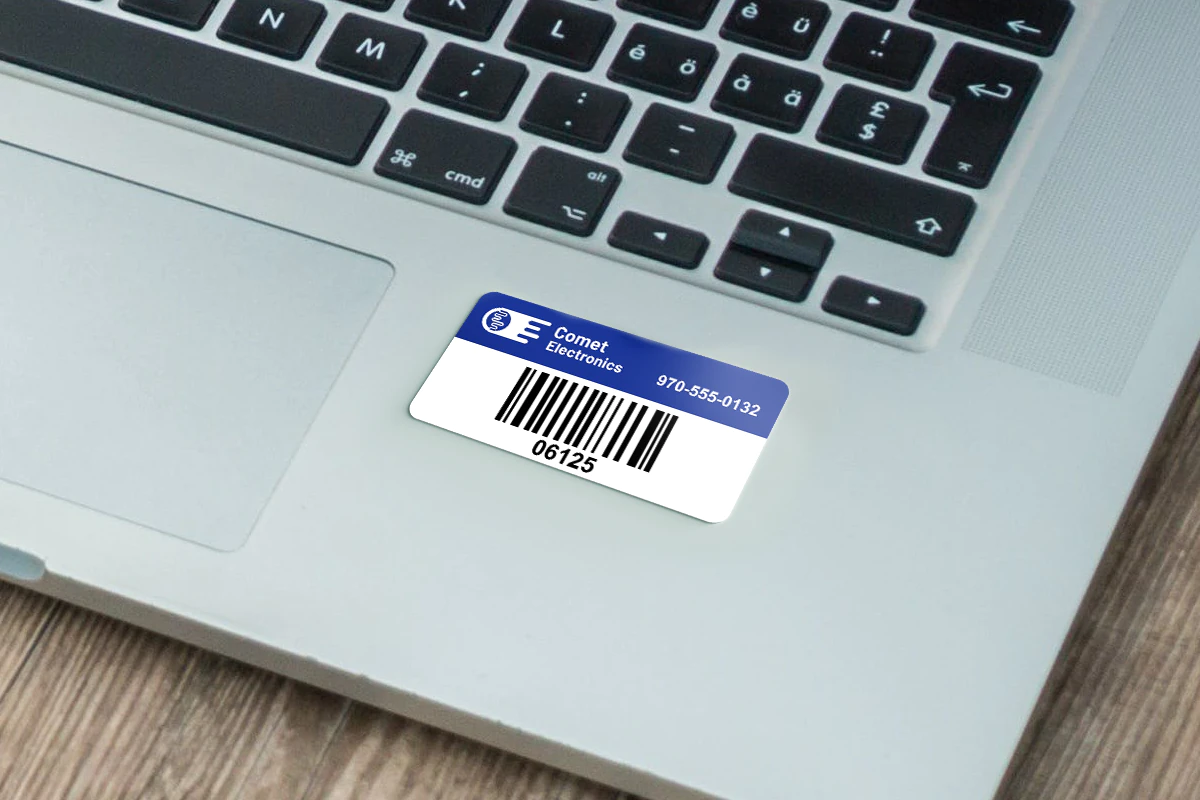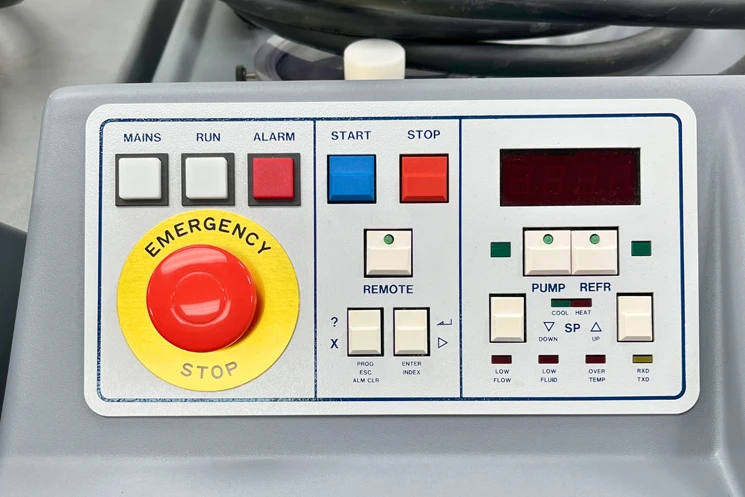An asset marking system is a powerful tool that businesses use to track, manage, and secure their physical assets effectively.
By using asset tags, such as barcode labels or QR code asset tags, these systems assign a unique identifier to each item. This helps organize equipment, tools, and inventory. It also lowers the risk of loss, theft, or misplaced items.
For businesses of any size, implementing an asset tagging system improves accuracy and helps streamline processes. It’s a simple yet effective way to stay organized, save time, and increase accountability.
What Is an Asset Marking System?
An asset marking system labels physical items with tags or labels. You can scan or record these tags in a database. These asset tags include details like serial numbers, purchase information, maintenance history, and current status.
Businesses can use different types of tags, such as QR code asset tags, barcodes, or RFID labels, depending on their specific needs. The system is designed to make tracking assets more efficient, whether for inventory, IT equipment, or tools used in the field.
How Asset Marking Systems Improve Tracking
1. Unique Identification for Every Item
With an asset marking system, each asset is assigned a unique tag, making it easier to track and identify items. For example, QR code asset tags allow for quick scanning with mobile devices, providing instant access to the asset’s details, such as its location or assigned user.
2. Real-Time Tracking and Updates
Asset marking systems integrate with tracking software to provide real-time updates about asset movement, maintenance, and condition. This feature is especially useful for businesses managing high-value items or assets across multiple locations.
3. Streamlined Inventory Management
By using asset tags, businesses can simplify inventory management. Instead of manually logging assets, employees can scan barcodes or QR codes to instantly update the database. This reduces errors and improves overall accuracy.

How Asset Marking Systems Improve Security
1. Reduce Loss and Theft
An asset marking system makes it harder for items to go missing. When employees and outside contractors label and track all equipment, they are less likely to lose or steal items.
For instance, if a laptop has a QR code asset tag, its location and assigned user are logged in the system. This helps businesses recover stolen or lost items faster and provides a clear record of accountability.
For added security, tamper-proof asset tags can be used, ensuring that labels cannot be removed or altered without evidence, making them ideal for high-value equipment.
2. Monitor Maintenance and Repairs
An asset marking system ensures that maintenance schedules are followed. For example, a company managing heavy machinery can use asset tags to log repair histories and schedule preventive maintenance. This helps extend the lifespan of assets and ensures safety compliance.
Why Your Business Needs an Asset Marking System
An asset marking system benefits businesses in several key ways:
- Time Savings: Scanning tags and updating a centralized database is faster than manual tracking methods.
- Cost Savings: Preventing asset loss and optimizing asset usage reduces replacement costs.
- Improved Accountability: When every item is logged and tracked, there’s less room for mismanagement.
- Easier Auditing: Accurate records simplify internal and external audits, reducing the time and effort required.
By using a system with asset tags and QR code tags, businesses can work more efficiently. They can also manage their resources with more confidence.
What This Means for Your Business
An asset marking system helps businesses stay organized, improve security, and reduce asset mismanagement. By using tools like asset tags and QR code asset tags, you can easily track your inventory and equipment while saving time and money.
For a deeper look at building a reliable asset tagging strategy, don’t forget to check out 6 Key Steps to an Effective Asset Tagging System. Implementing a system like this is a smart move for any business that wants to stay efficient and protect its resources.
Asset Marking Systems FAQs
An asset marking system helps label and track physical assets. It uses tools like asset tags, barcodes, or QR codes. It helps businesses monitor and manage items more effectively.
Asset marking systems help businesses save time, improve organization, reduce theft, and streamline asset tracking. They’re essential for keeping accurate records and managing resources efficiently.
You can scan QR code asset tags with mobile devices. This lets you quickly access asset information. You can find details like location, maintenance history, and assigned users.
Asset marking systems help different industries like IT, construction, healthcare, and retail. They track equipment, tools, and inventory.
Start by selecting the right type of asset tags for your needs (e.g., barcodes or QR codes). Next, implement asset tracking software to manage and monitor your assets effectively.



